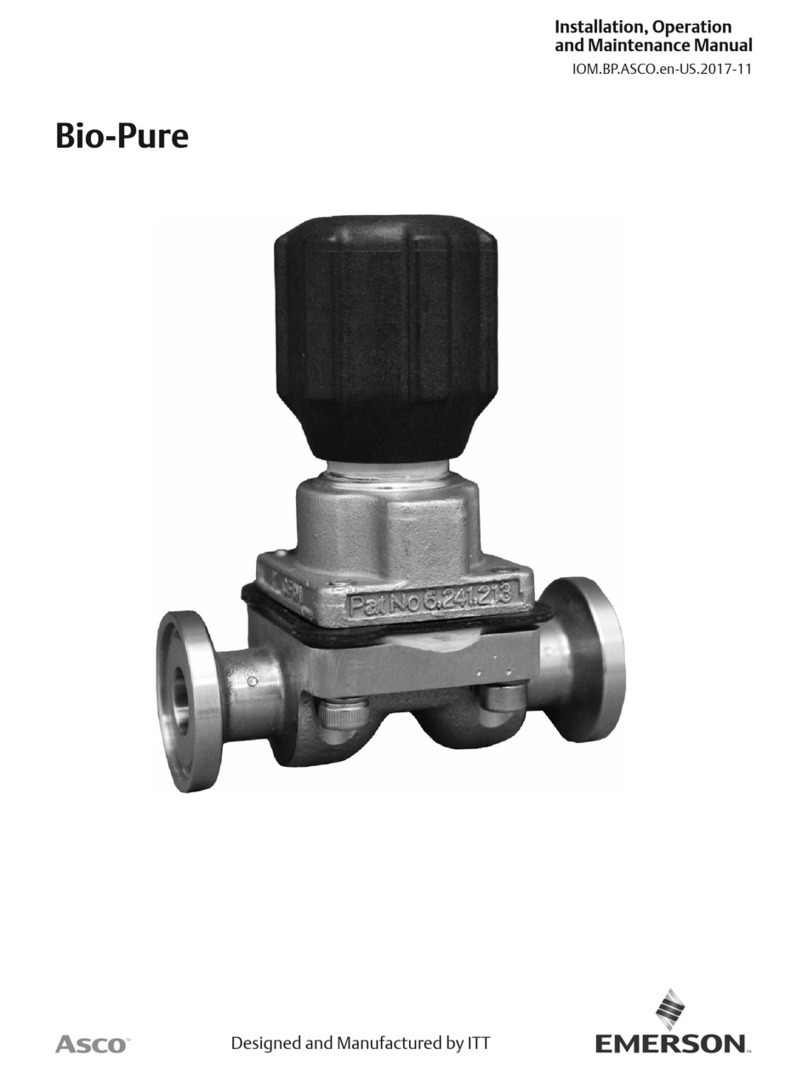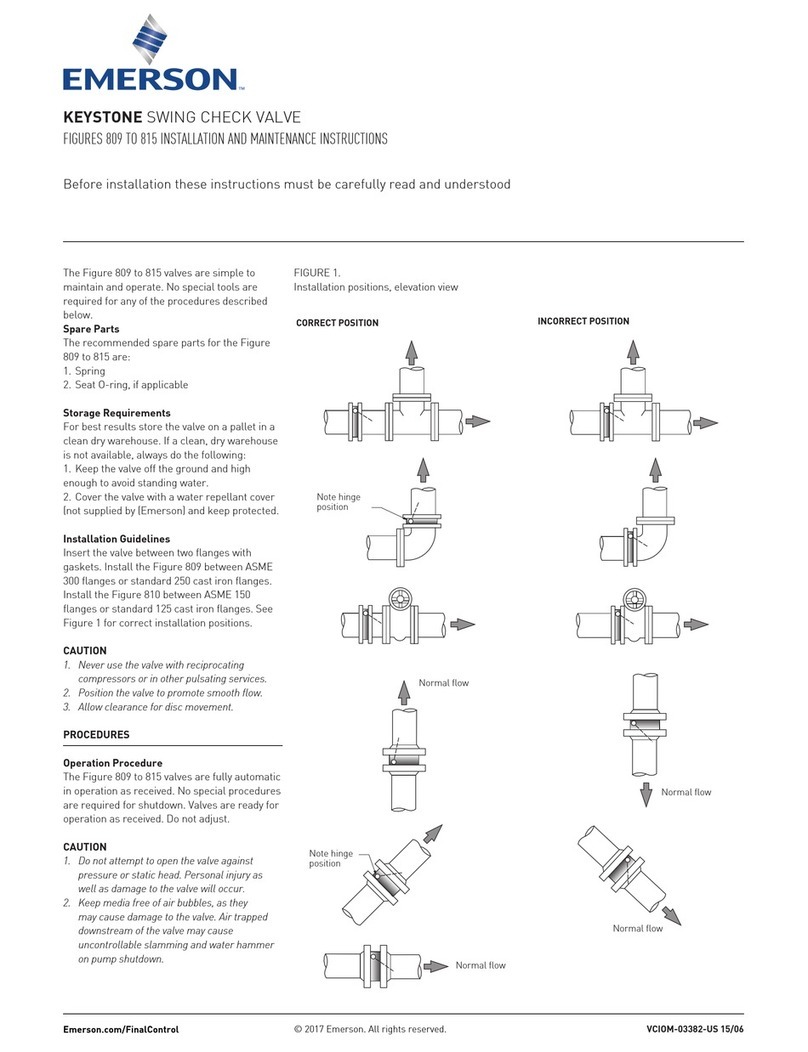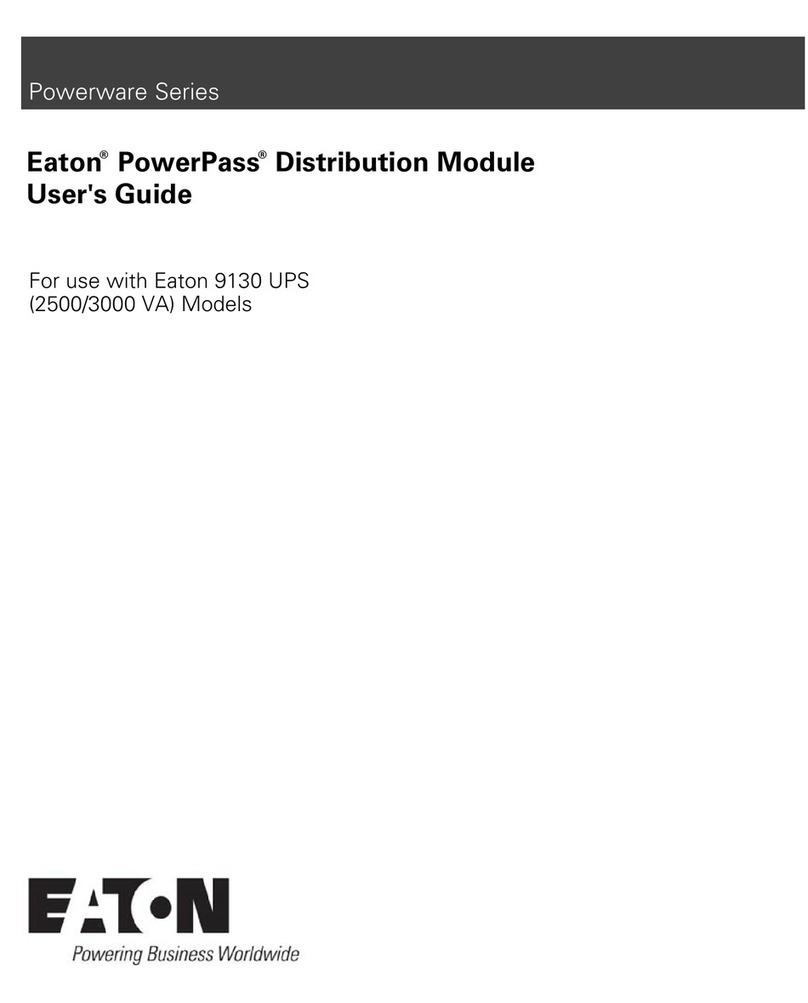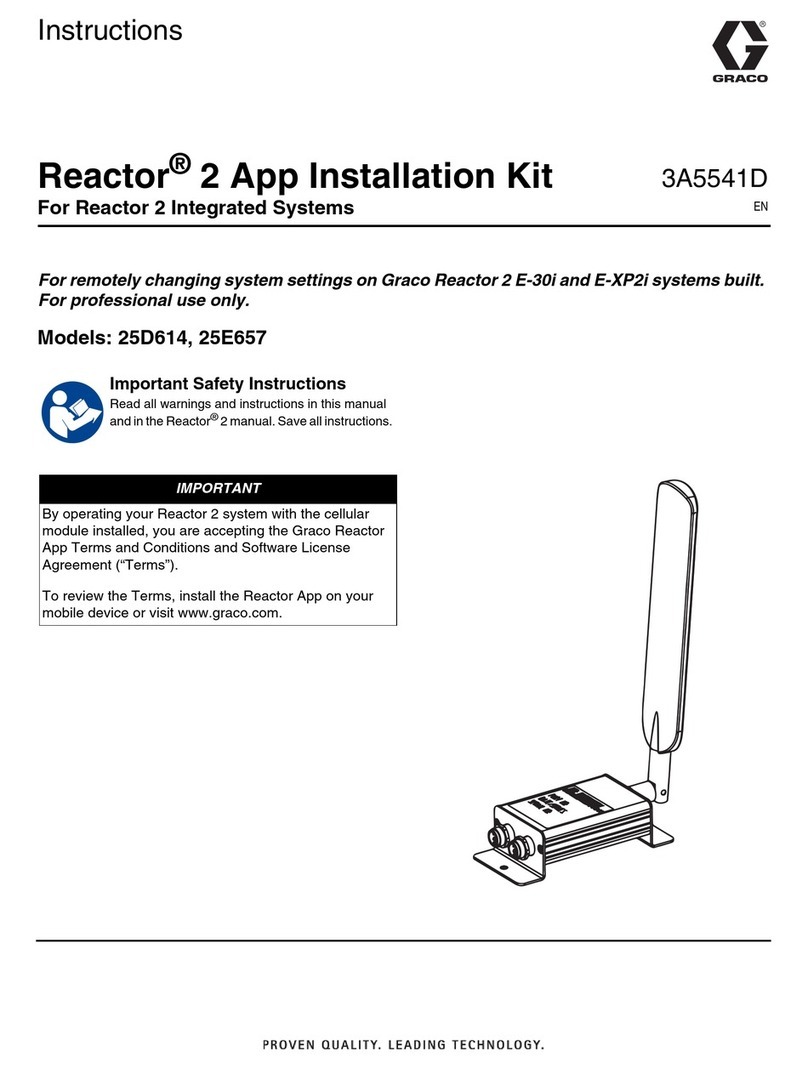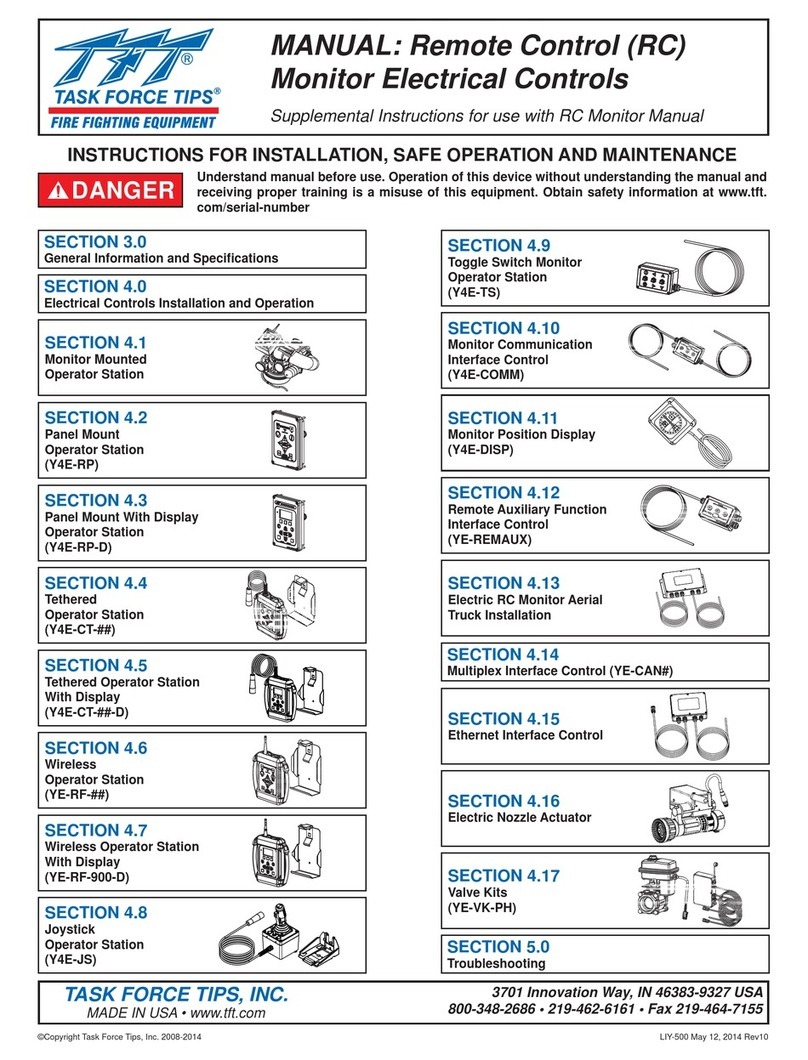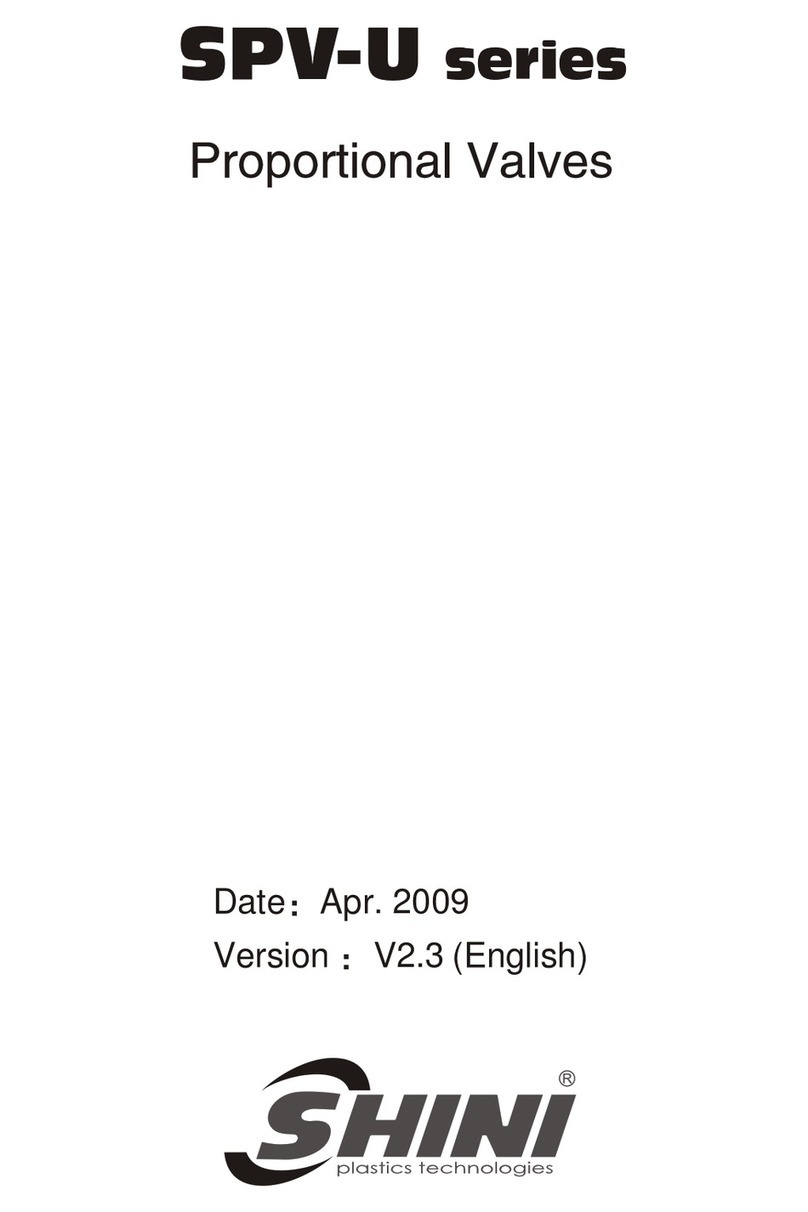Emerson CL600 User manual
Other Emerson Control Unit manuals

Emerson
Emerson ANDERSON GREENWOOD 4142HF Manual
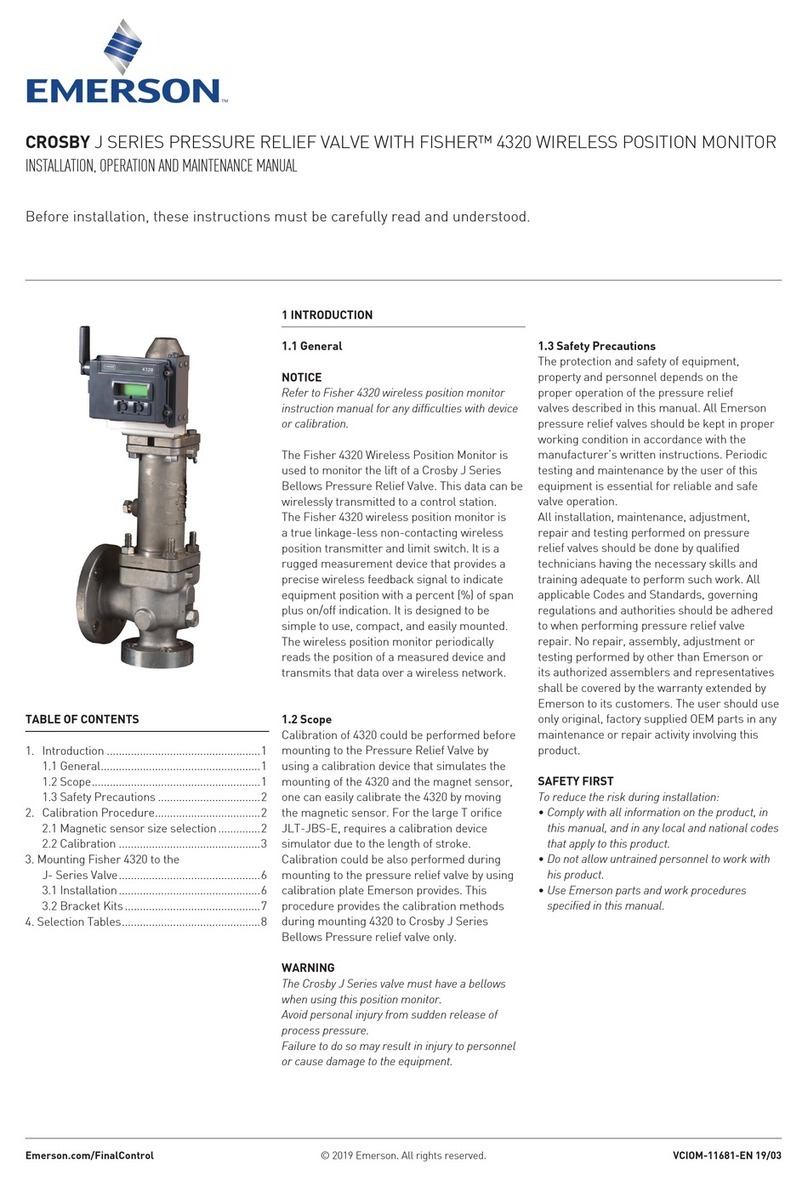
Emerson
Emerson Crosby J Series User manual

Emerson
Emerson ANDERSON GREENWOOD 96A Series Manual

Emerson
Emerson Fisher EZL Series User manual

Emerson
Emerson Fisher 63EGLP Series User manual

Emerson
Emerson Numatics DeviceLogix G2-2 Series Instruction manual
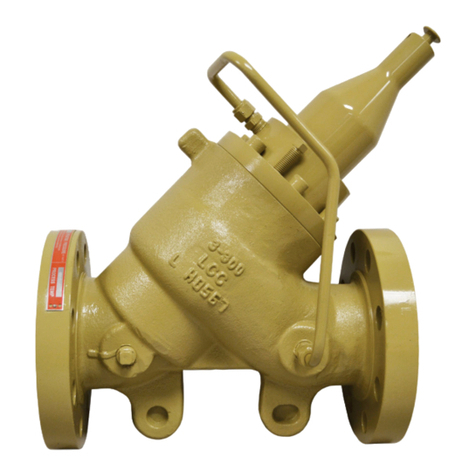
Emerson
Emerson Daniel 700 Series User manual

Emerson
Emerson Fisher 8532 User manual
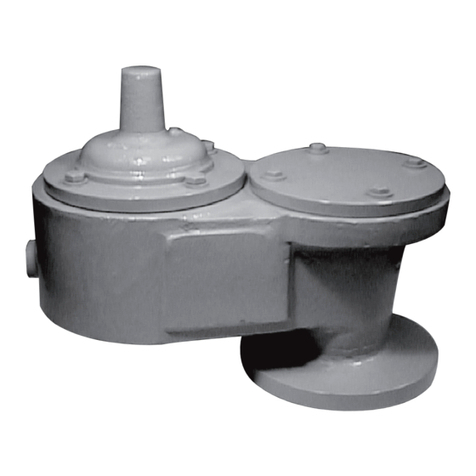
Emerson
Emerson ANDERSON GREENWOOD WHESSOE 4110A Manual
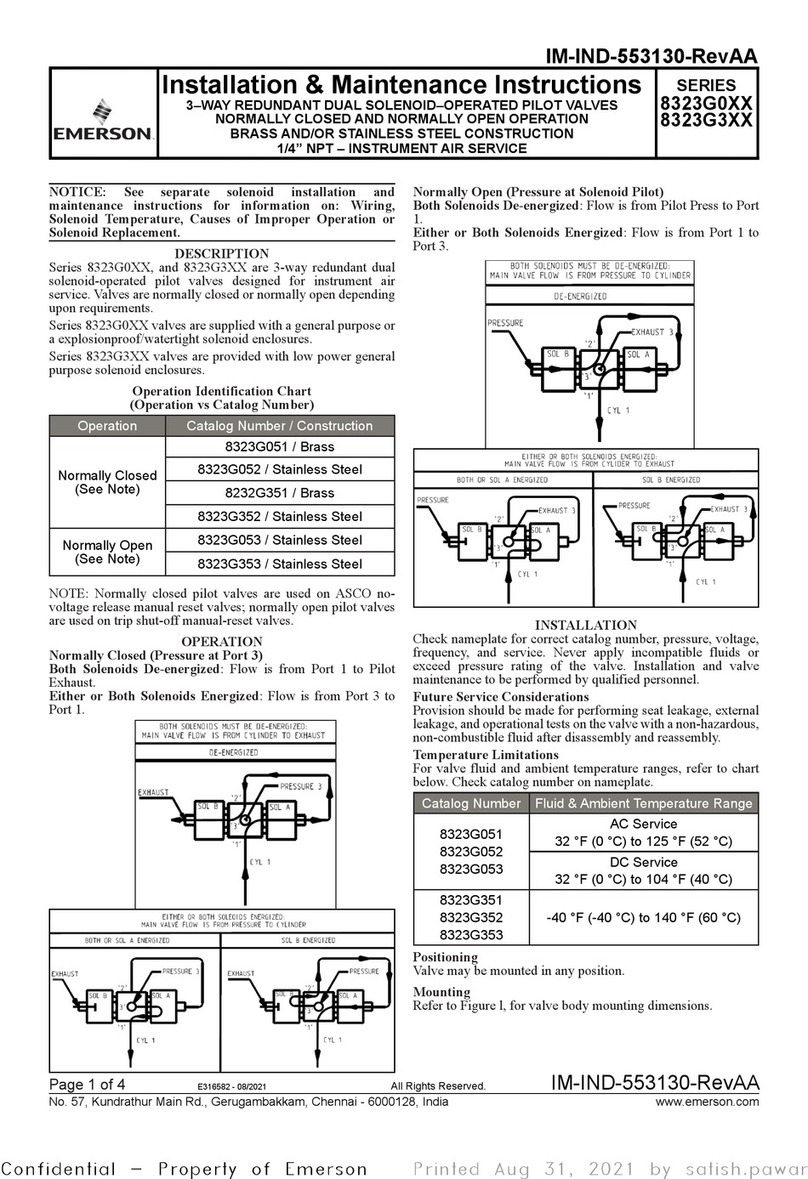
Emerson
Emerson 8323G0 Series Installation and operating instructions
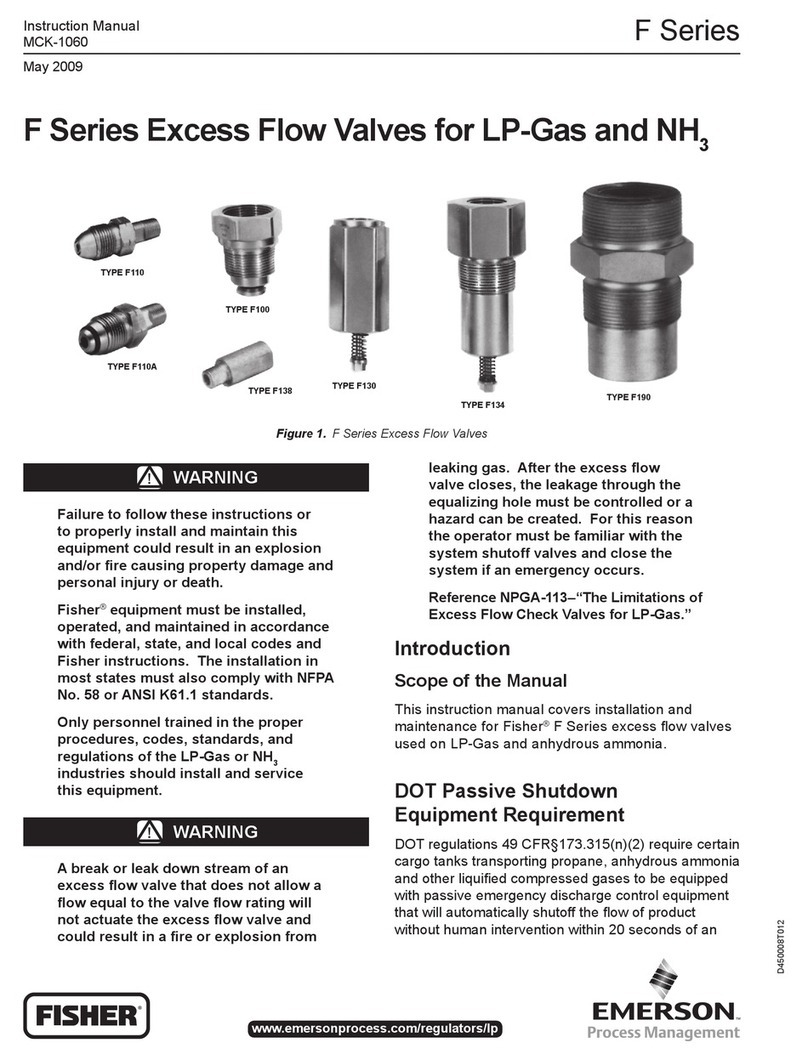
Emerson
Emerson Fisher F Series User manual
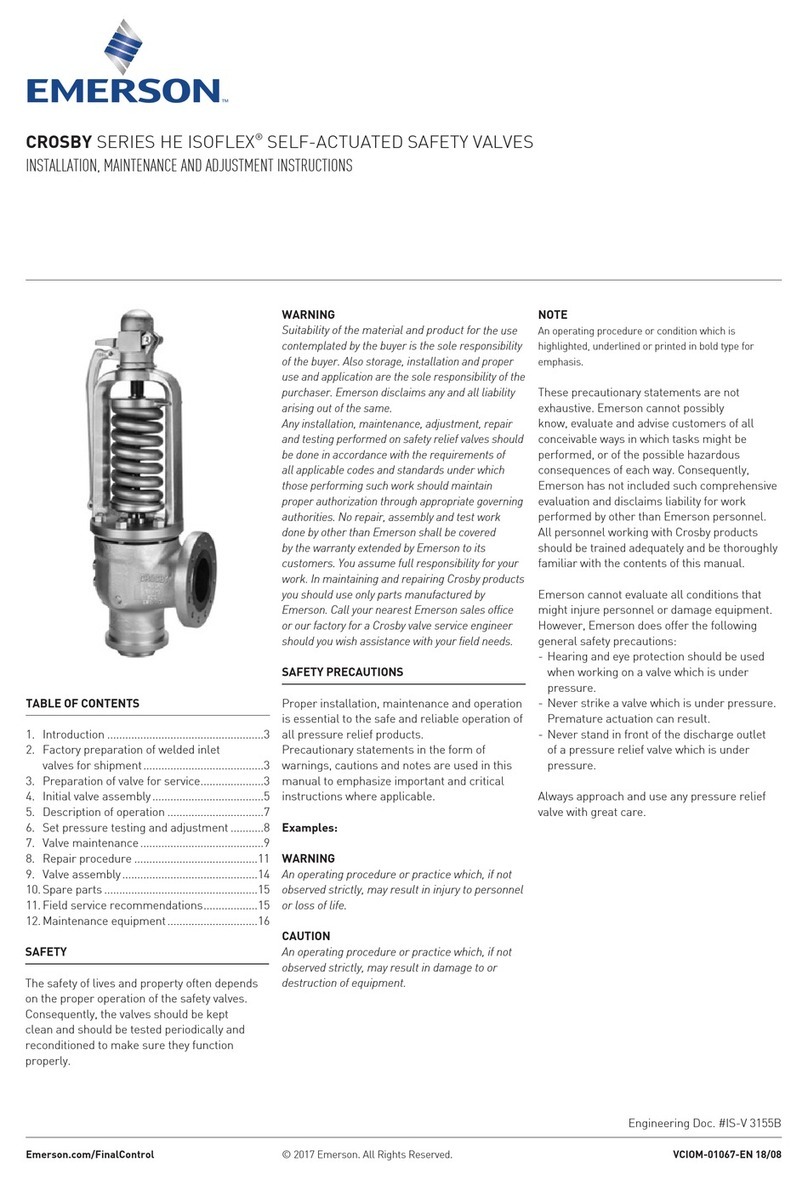
Emerson
Emerson CROSBY HE ISOFLEX Series Guide
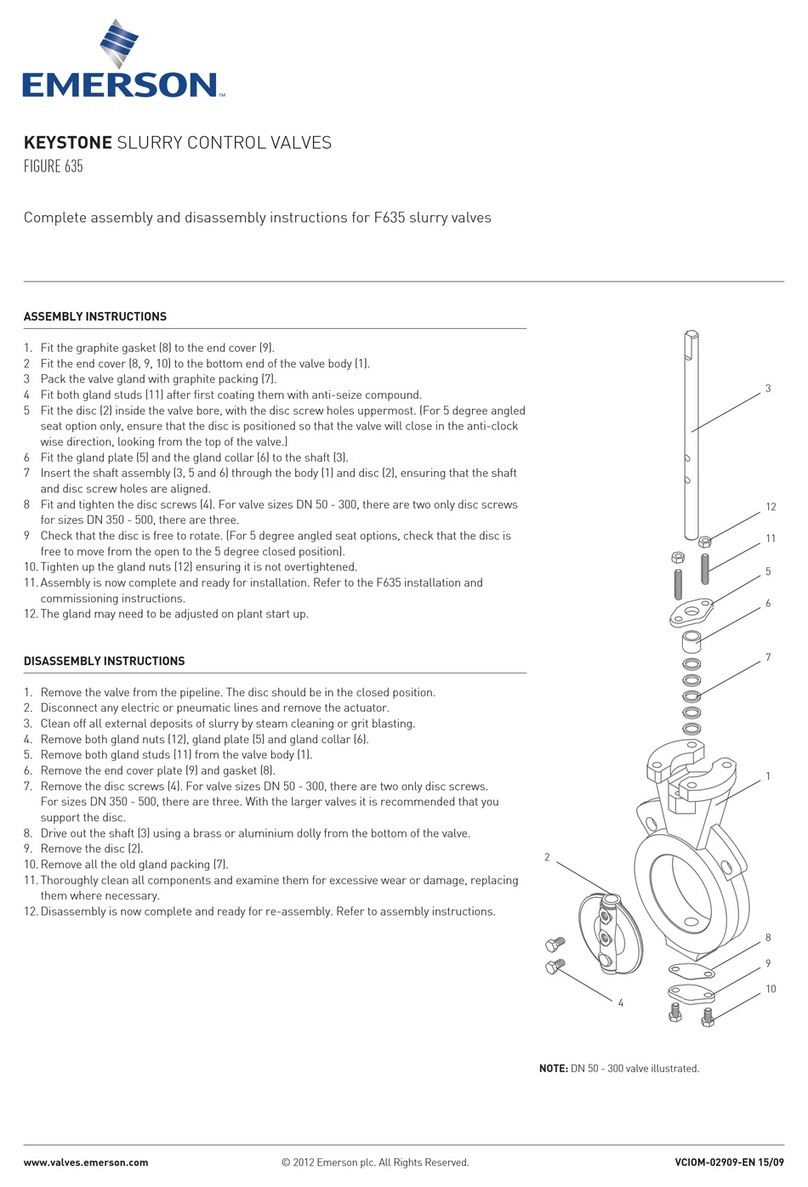
Emerson
Emerson KEYSTONE F635 Installation instructions
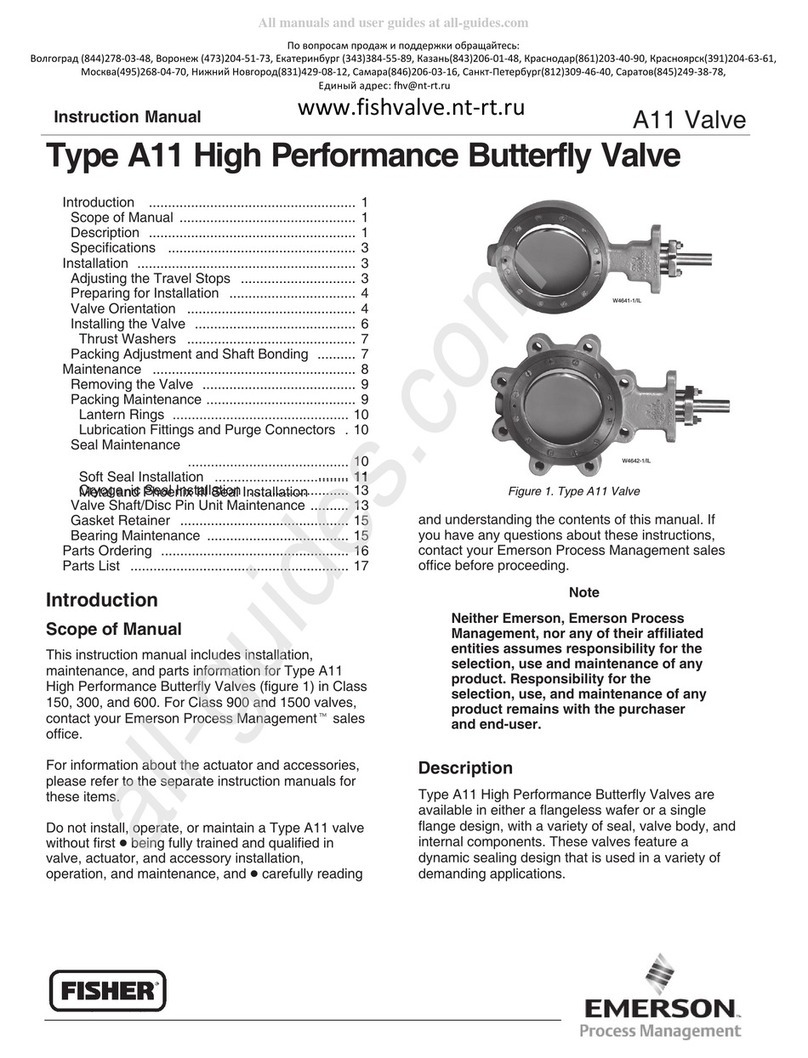
Emerson
Emerson Fisher A11 User manual

Emerson
Emerson ES-805 Series User manual
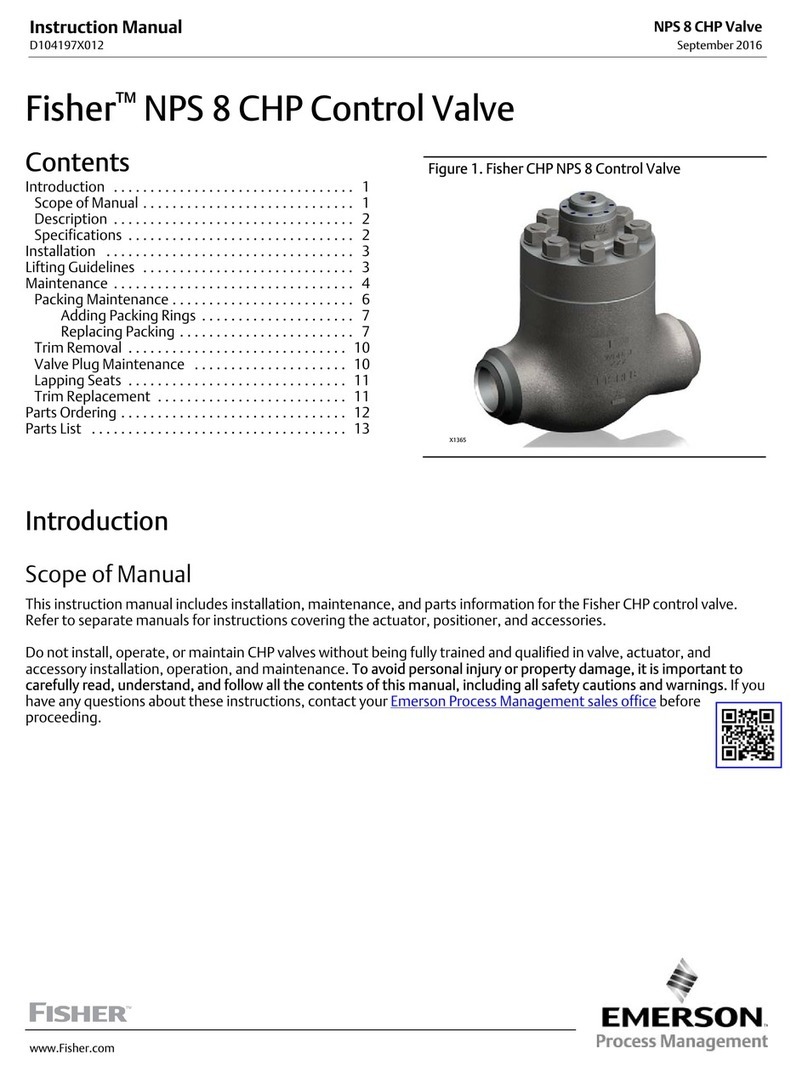
Emerson
Emerson Fisher NPS 8 CHP User manual

Emerson
Emerson XJ200 User manual

Emerson
Emerson Fisher 63EGLP Series User manual
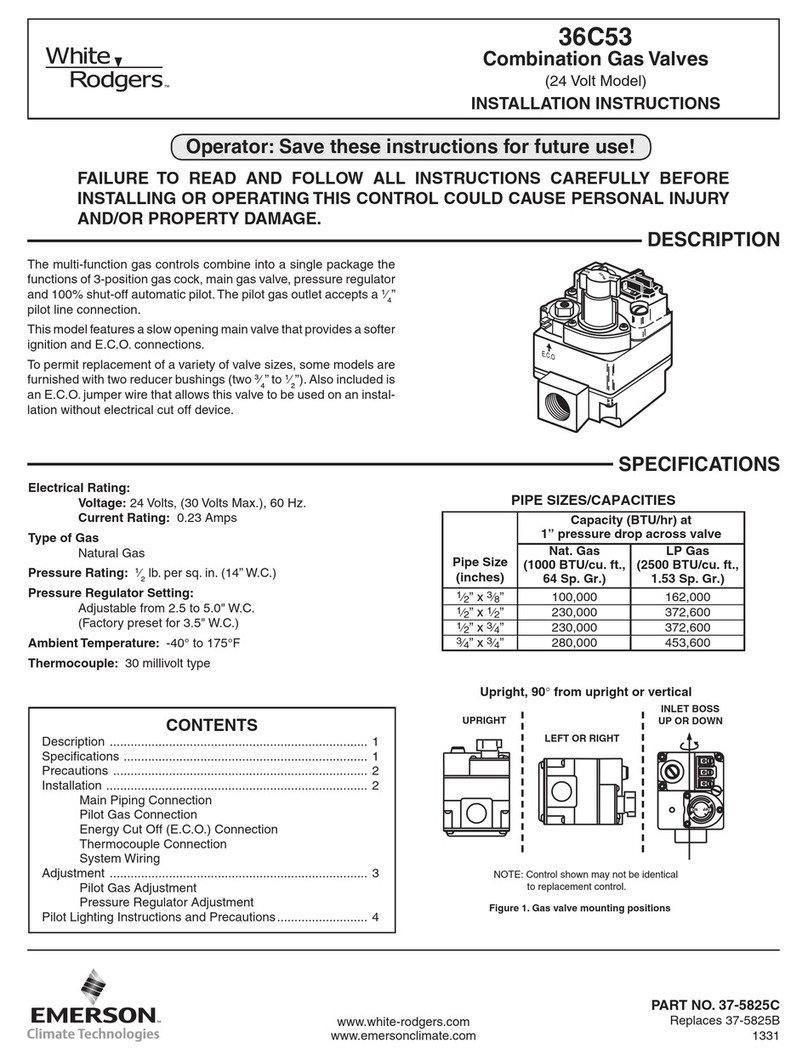
Emerson
Emerson White Rodgers 36C53 Series User manual

Emerson
Emerson Bettis XTE3000 User manual
Popular Control Unit manuals by other brands
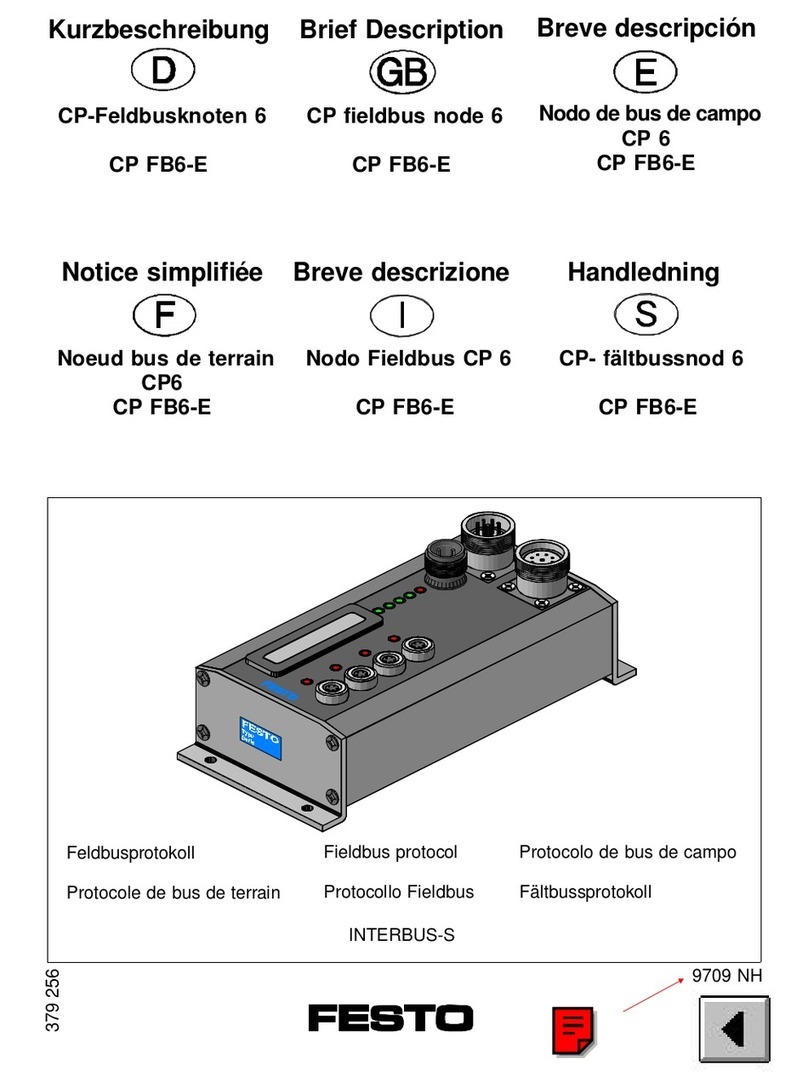
Festo
Festo Compact Performance CP-FB6-E Brief description
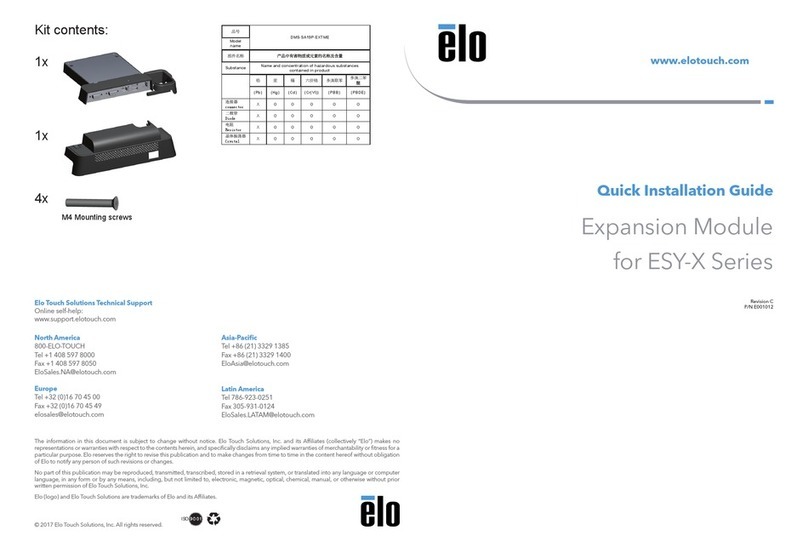
Elo TouchSystems
Elo TouchSystems DMS-SA19P-EXTME Quick installation guide
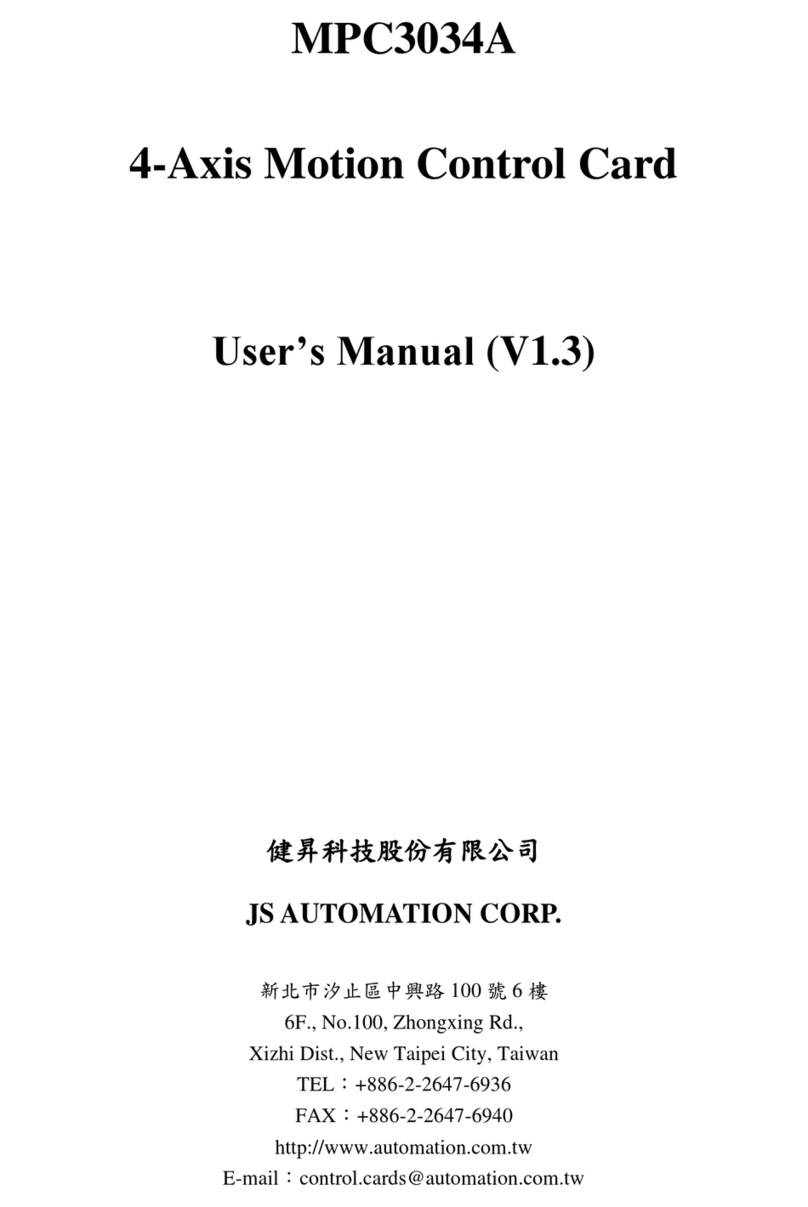
JS Automation
JS Automation MPC3034A user manual
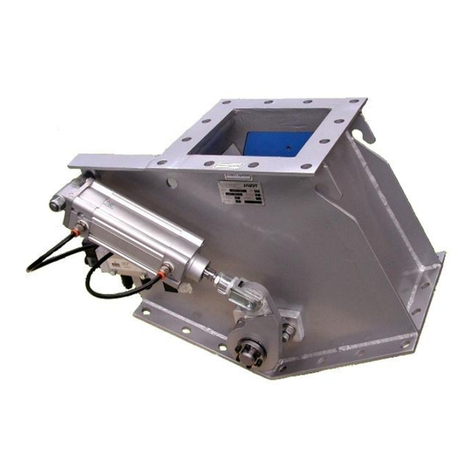
JAUDT
JAUDT SW GII 6406 Series Translation of the original operating instructions

Spektrum
Spektrum Air Module System manual
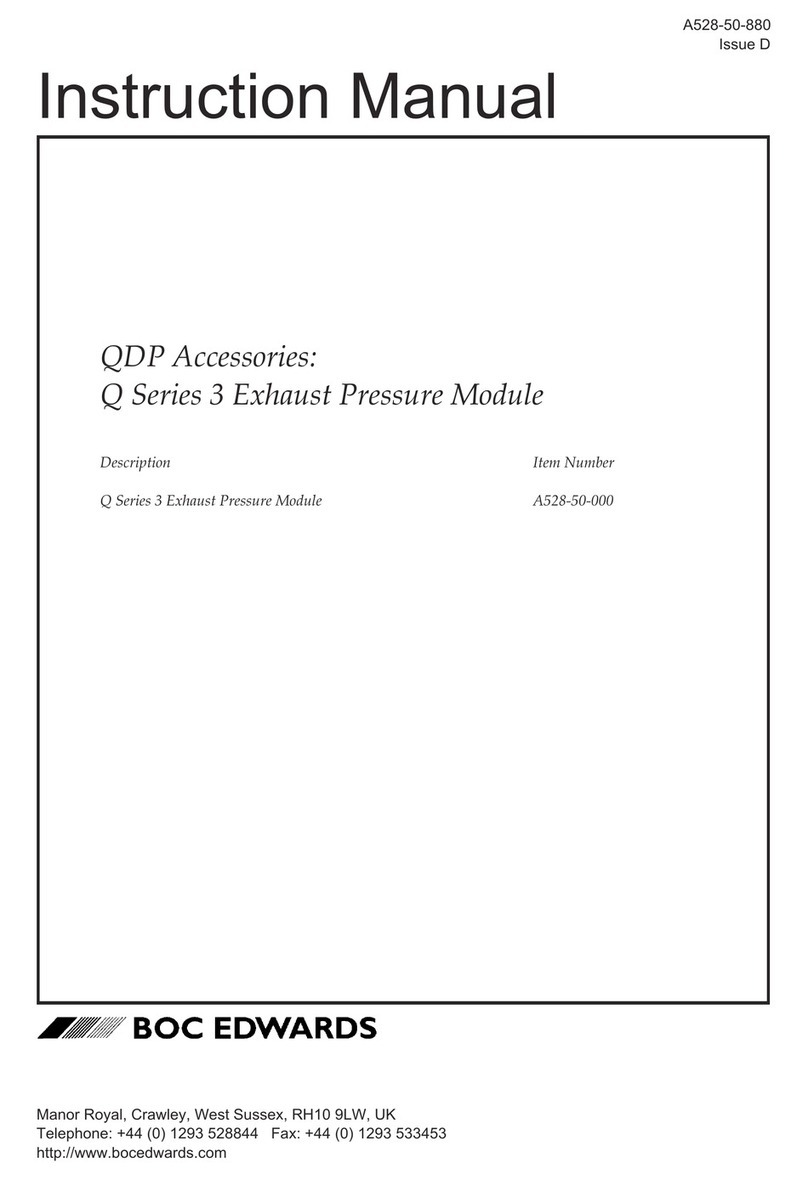
BOC Edwards
BOC Edwards Q Series instruction manual

KHADAS
KHADAS BT Magic quick start
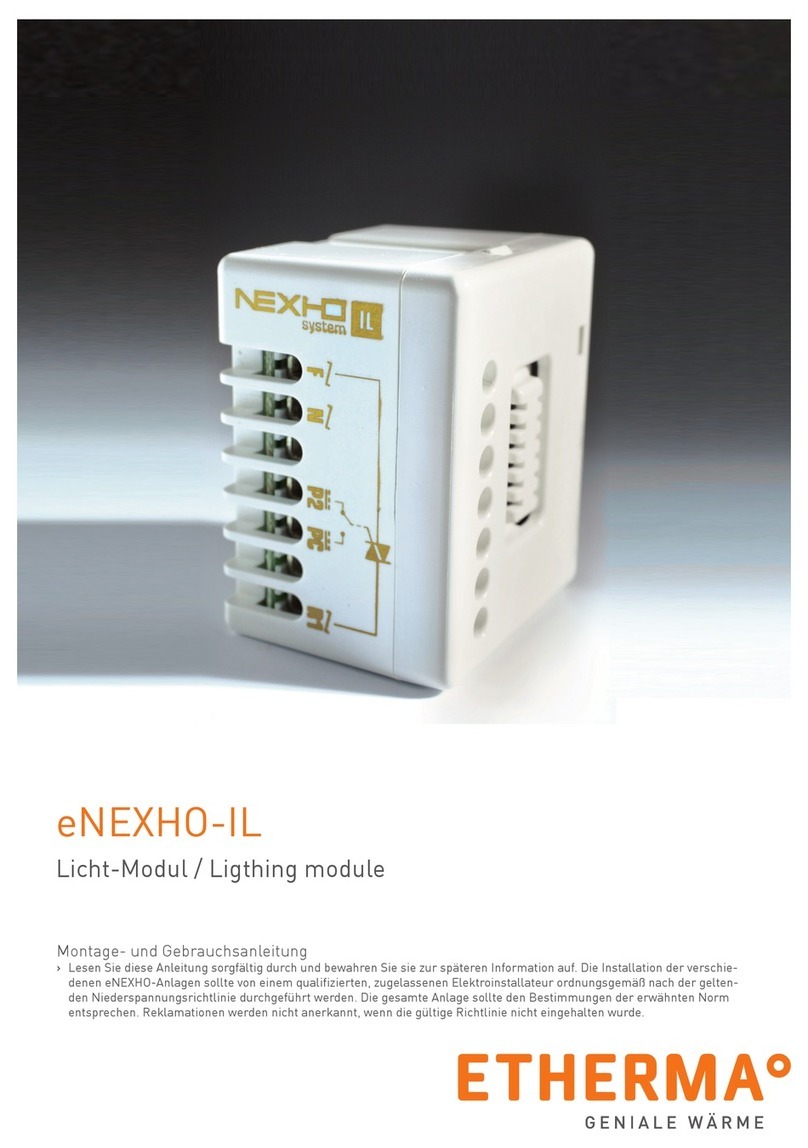
Etherma
Etherma eNEXHO-IL Assembly and operating instructions
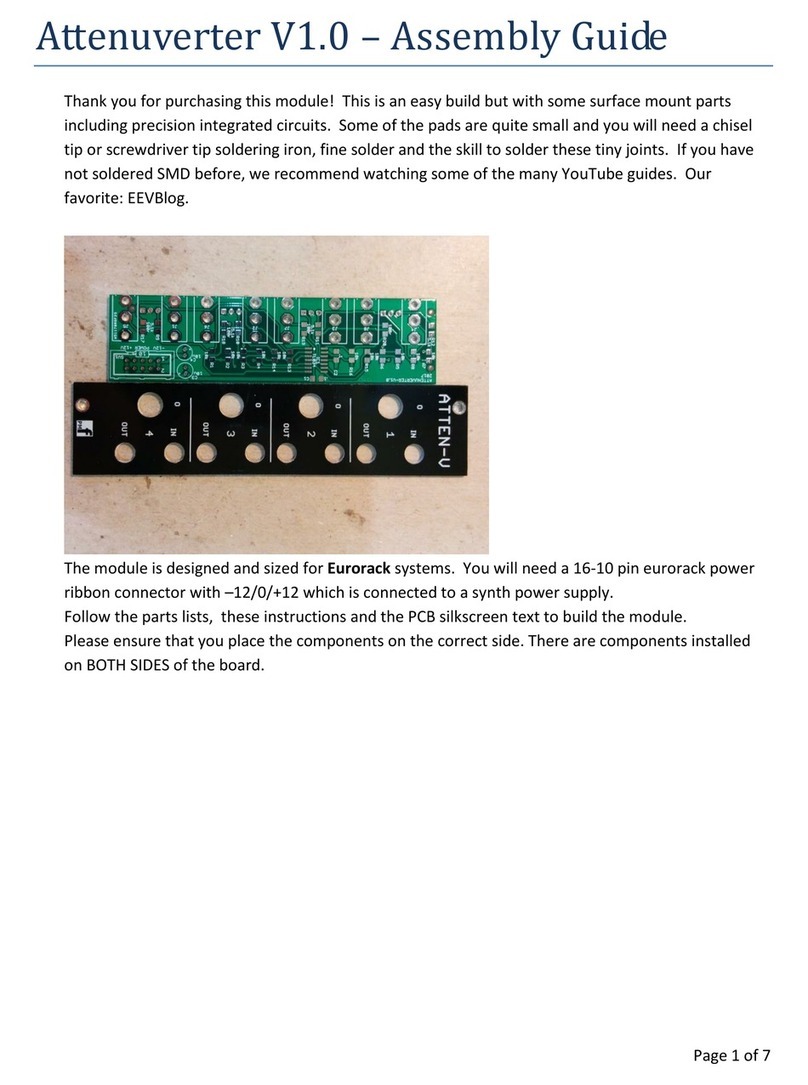
PMFoundations
PMFoundations Attenuverter Assembly guide
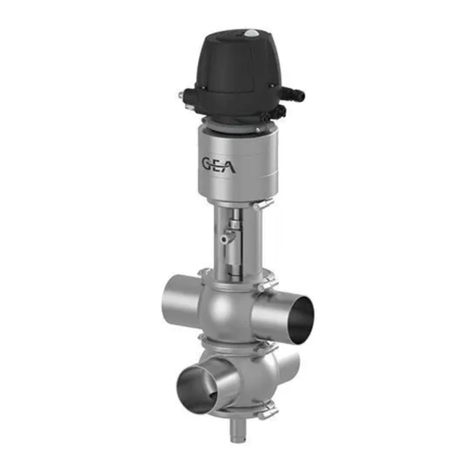
GEA
GEA VARIVENT Operating instruction
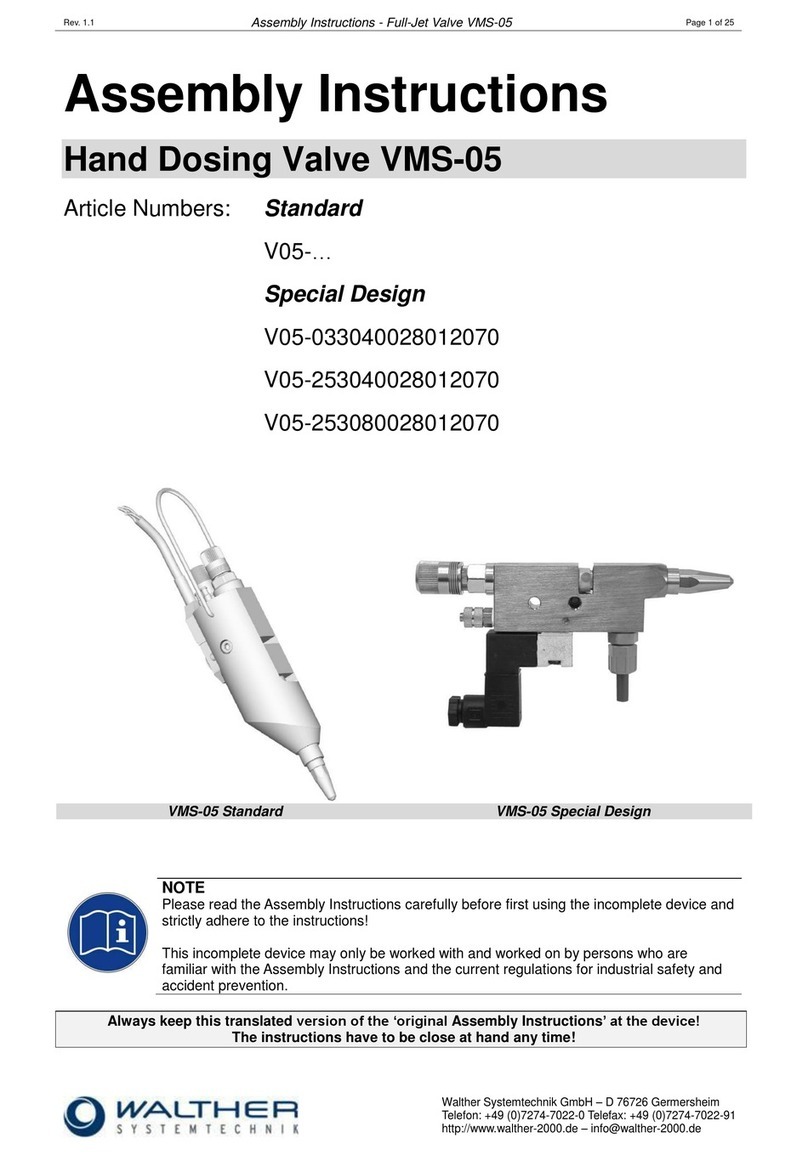
Walther Systemtechnik
Walther Systemtechnik VMS-05 Assembly instructions

Altronix
Altronix LINQ8PD Installation and programming manual
